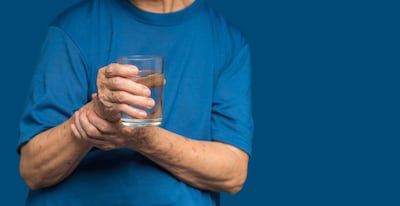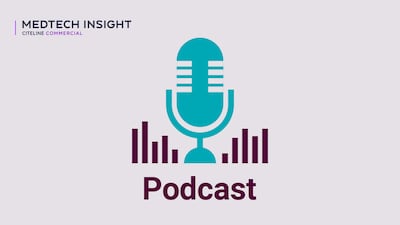Health care-acquired infections (HCAIs) represent the most frequent health care adverse event, and are a serious and growing public health problem worldwide. According to World Health Organization (WHO) data, HCAI prevalence was estimated at 7.6% for all hospital admissions in high-income countries from 1995 to 2010, and at well above 20% in developing countries, although scant data are available for the latter. There is clear evidence that hundreds of millions of patients are affected every year worldwide with surgical site, bloodstream and urinary tract infections, pneumonia and other often-deadly illnesses. Nearly 1.7 million HCAIs are diagnosed annually in the US, according to the Centers for Disease Control & Prevention (CDC), impacting one out of every 20 admitted patients. Such infections increase the average length of stay by 7.4 to 9.4 days and lead to approximately 100,000 deaths a year – representing the fourth-leading cause of death overall. The economic burden of HCAIs is substantial and increasing: ranging between $20 and $45 billion in direct medical costs annually in the US, according to the CDC (at an average of $20,000 per case) – a staggering bill for a health care system already in critical condition.
According to William Quirk, managing director and senior research analyst at Piper Jaffray, HCAIs have been gaining increased attention worldwide over the last five years or so due to publicity...







